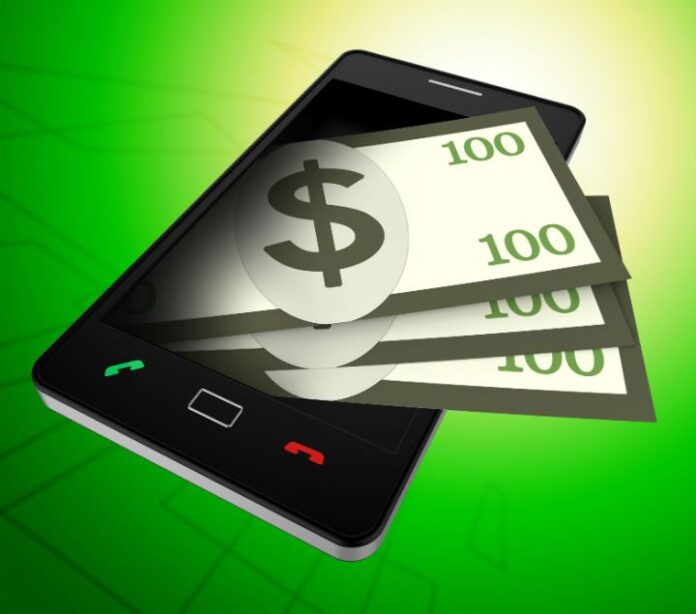Due to the proliferation of mobile devices, higher demand for mobile data and increased competition, communications service providers are constantly seeking new ways to monetize the immense amount of data that flows through their networks.
Operators now have access to unique subscriber information that can yield significant insight and value not only for internal purposes, but also for a broad range of industries.
When it comes to mobile data, operators can log all activities associated with subscribers’ Internet usage. This includes terms that were searched, ads that were clicked and links that were opened. CSPs also have exclusive insight into subscriber groups – including age, gender, family status, preferences, likes and dislikes, earnings, etc. More importantly, they have access to perhaps the biggest asset of all – location. Unlike Internet search companies in which IP address and cookies constantly change, location remains constant for mobile operators.
Collecting and storing this wealth of information is clearly an incredibly involved undertaking. However, the effort can be quite lucrative – but only if operators know how to properly leverage and monetize the information.
Internal vs. external monetization
CSPs can harness big data for internal purposes to create additional value for their customer base. By profiling users and understanding their needs and preferences, an operator can provide new price plans or specific services that are tailored to customer needs.
In addition, operators can choose to monetize information via external parties. There are many legitimate third parties that can greatly benefit from aggregated subscriber information and are willing to pay for this data.
Of course, monetizing customer data has legal ramifications. Regulation and privacy are of paramount importance to operators. However there are ways to monetize data while meeting such restrictions. For example, data can be anonymized and aggregated. Additionally, enabling customers to opt-in, as is done with many mobile applications, is another way to legally obtain data.
Use cases
How can an operator gain value from data? Below are a several examples of data monetization taking place in today’s global market.
Targeted advertising: Operators can microsegment their customer base into behavioral, demographic and geographic segments and then offer advertisers the capability to target those groups directly. For example, the location of a male subscriber between the ages of 20-25, who likes music, shows that he is in a sports store in a mall. Local retailers can leverage this information for targeted promotions that may include push messages, online ads or even ads on a nearby digital screen or sign. The more information provided to retailers about a specific audience, the higher the price they are willing to pay for targeted advertising.
Location and transportation management: Operators can track customer location and movement trends. For example, the workday travel of a commuter from home to final destination – including all of the stops in between – can be followed. Armed with this information, transportation planners, and in some instances government officials, can gain insight into congestion and wait times, and look for ways to improve services or routes. Planners can also determine if more buses or trains are needed during particular times of day. Furthermore, this information can be used by retailers for targeted advertising at bus stops, train stations and other transportation hubs.
Financial fraud: Many credit card users experience trouble-making payments with their cards when they travel abroad. In an attempt to prevent fraudulent purchases, credit card companies tend to block transactions made from a foreign country. Although justified, this practice is very frustrating for many customers. By leveraging big data provided by a telecom operator, credit card companies can find the location of a customer in real time and approve – or deny – transactions in a more effective and precise manner, allowing them to provide a better customer experience without risking revenues.
The push/pull conflict
Many operators are waiting to be approached by third parties with a defined list of big data information requirements. However, this strategy is not effective in the long-term. Operators would be wise to take a proactive approach to big data by creating use cases and generating complete solutions to then offer to third parties.
A pre-emptive external big data strategy is imperative, as the window of opportunity is closing. Over-the-top and application providers are already gathering vast amounts of customer information and offering it to third parties. If operators wait too long, app providers will satisfy the market’s demand, leaving little room for an operator’s financial gain.
CSPs can no longer afford to wait. The time is ripe to explore new use cases, identify appropriate third parties, and invest in systems that will help develop and support these capabilities. Operators that make external big data monetization part of their business plans will ensure they don’t miss the boat, and will enjoy greater profitability generated from this new revenue stream.
Hezi Zelevski is the VP of marketing and corporate development for CVidya, a leading supplier of revenue analytics solutions to communications and digital service providers. CVidya provides operators with a complete solution, encompassing a big data technology platform and analytical applications designed to optimize profits and support operational and strategic decisions.
Editor’s Note: In an attempt to broaden our interaction with our readers we have created this Reader Forum for those with something meaningful to say to the wireless industry. We want to keep this as open as possible, but we maintain some editorial control to keep it free of commercials or attacks. Please send along submissions for this section to our editors at: dmeyer@rcrwireless.com.

